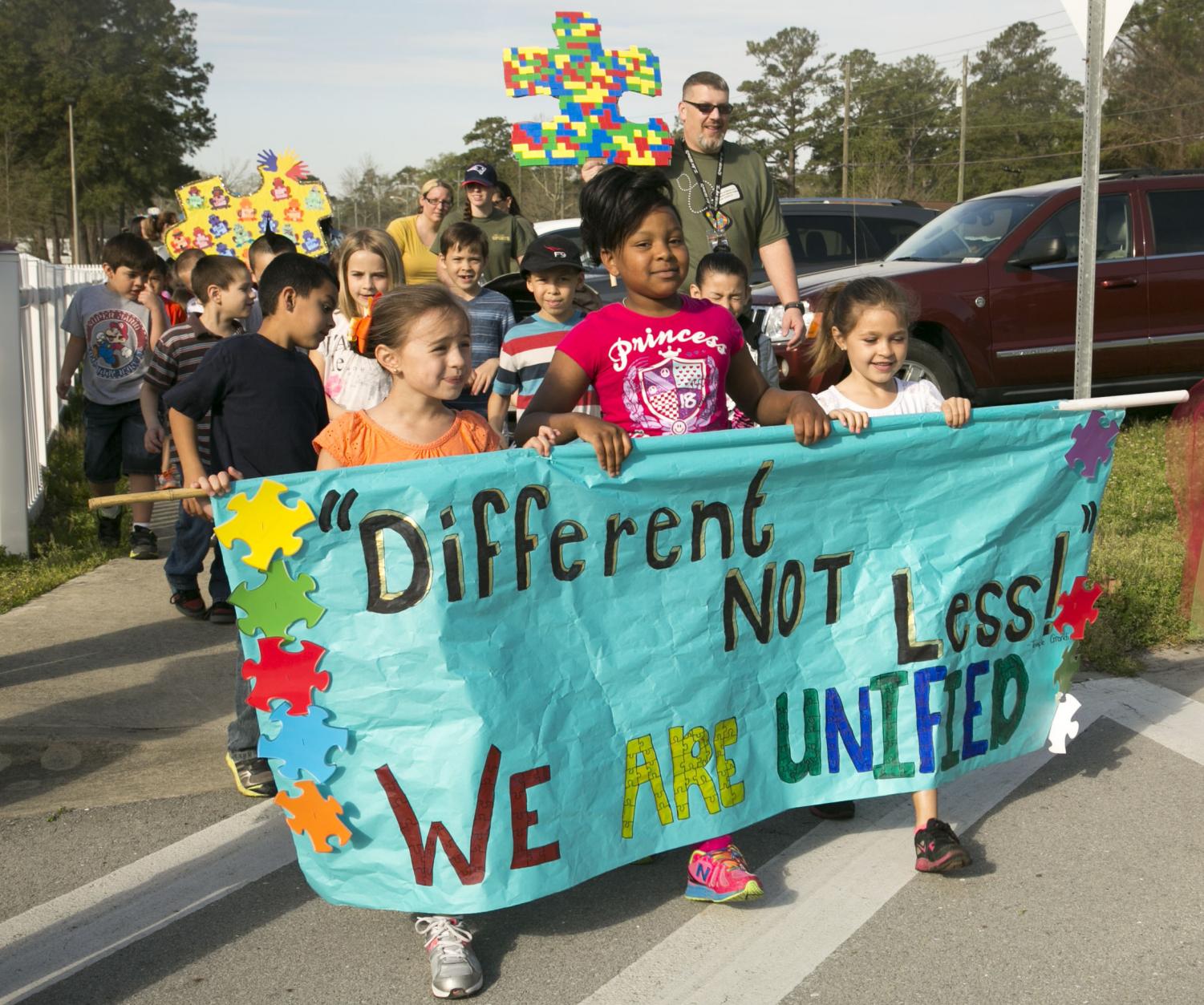Unless you or someone you know has autism, you were likely unaware that April is Autism Awareness Month. Don’t worry—you are not alone. Forty-one percent of participants rated their knowledge of autism as weak during a 2017 study by Neurosciences Journal. But as approximately 1 in 54 children are diagnosed with autism in the U.S., it is important to be aware of what autism is and how it affects those who have it.
THE OVERLOOKED
Autism—or autism spectrum disorder—refers to a range of conditions distinguished by difficulties with social skills, learning, problem solving, speech and nonverbal communication. Autism looks different case by case and can be influenced by genetic and environmental factors. This makes it hard to identify and diagnose.
The Centers for Disease Control and Prevention reports that an average of 1 in 34 boys are diagnosed with autism, compared to 1 in 144 girls. Although these statistics appear to indicate that boys are more prone to autism, the ratio of diagnosis between boys and girls has decreased from 16:1 to 4:1 in the past 20 years. Researchers are still unsure whether these discrepancies accurately reflect a higher prevalence of autism in boys or a discrepancy in diagnosis between girls and boys.
In the past, the primary research on autism has been conducted on boys, preventing researchers from identifying any differing symptoms between girls and boys. Genetic differences between the sexes may also alter how children display symptoms. Researchers have found a higher prevalence of putative functional DNMs (loss-of-function and predicted deleterious missense mutations) in females than males, which means that a higher genetic load is required in females to reach a threshold for diagnosis.
Despite equal persistence in autism between Black and white children, there are lower diagnoses for minority groups. According to Ronit Malto, Ph.D., these discrepancies can be attributed to cultural differences, communication barriers and anxiety surrounding the diagnosis. If children in these groups are diagnosed, it is typically later in life and they are unable to receive the help they need.
THE IMPORTANCE OF AN EARLY DIAGNOSIS
Children with autism are ideally diagnosed by the age of 2. There is no known cure for autism, although early diagnosis and treatment can make an incredible difference in the child’s social skills and development.
As it is, adults with autism face unique challenges. After young adults with autism leave the public school system, 80% continue to live at home, 32% attend postsecondary education, 6% have competitive jobs, 21% have no employment experiences and 40% report having no friends, according to a 2012 study by Pediatrics. An early diagnosis can improve the future of adults with autism, but this can only come after spreading awareness of the signs and symptoms.
THE PANDEMIC’S IMPACT
While the COVID-19 pandemic has affected everyone’s lives, those with autism have been hit especially hard. Access to healthcare, which is essential to those with autism, has been limited since last year and closed schools have presented new challenges for the parents of children with autism. A lack of social interaction and confusion surrounding the pandemic has made things especially difficult for children in remote learning, and those difficulties are heightened for children with autism.
Maintaining routine is important to those with autism, but the pandemic has disrupted almost every sense of that. Even so, some have found they have the ability to adjust to the sudden changes because they are accustomed to living a life that is considered outside of the normal.
“Part of me sometimes wonders if being autistic has helped me to cope with the lockdown a little better because I’m so used to having restrictions put in place on what I can and can’t do,” said University of Edinburgh Ph.D. student Briony Hawkin, in a podcast about stories of those who are on the spectrum.
AWARENESS LEADS TO UNDERSTANDING
Blogger James Guttman, the father of an 8-year-old with autism, expressed that a greater awareness of autism can bring a greater appreciation for those who experience it.
“[People] can realize that, while autism isn’t necessarily in their home, it’s in their community,” Guttman said. “It’s not something to fear or gawk at. It’s something actually quite magnificent.”












